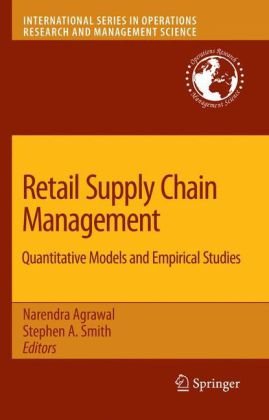

Most ebook files are in PDF format, so you can easily read them using various software such as Foxit Reader or directly on the Google Chrome browser.
Some ebook files are released by publishers in other formats such as .awz, .mobi, .epub, .fb2, etc. You may need to install specific software to read these formats on mobile/PC, such as Calibre.
Please read the tutorial at this link: https://ebookbell.com/faq
We offer FREE conversion to the popular formats you request; however, this may take some time. Therefore, right after payment, please email us, and we will try to provide the service as quickly as possible.
For some exceptional file formats or broken links (if any), please refrain from opening any disputes. Instead, email us first, and we will try to assist within a maximum of 6 hours.
EbookBell Team

4.7
16 reviewsRetailing comprises about 40% of the U.S. economy, and is a major economic engine of the world economy. While the retail sector has always been very competitive, in recent years, the competitive nature of the field has increased dramatically. Customers too have become more exacting, demanding ever-increasing levels of service. Retailers have responded by increasing the variety of their products, becoming more price competitive, striving towards higher service levels, and utilizing advances in computing capabilities and information technologies to improve their supply chain efficiency. However, these developments have also greatly increased the complexity of managing the retail business environment. Consequently, most retailers have struggled to maintain profitability.
Rigorous analytical methods have emerged as the most promising solution to many of these complex problems. Indeed, the retail industry has emerged as a fascinating choice for researchers in the field of supply chain management. In Retail Supply Chain Management, leading researchers provide a detailed review of cutting-edge methodologies that address the complex array of these problems. A critical resource for researchers and practitioners in the field of retailing, chapters in this book focus on three key areas: (1) empirical studies of retail supply chain practices, (2) assortment and inventory planning, and (3) integrating price optimization into retail supply chain decisions.